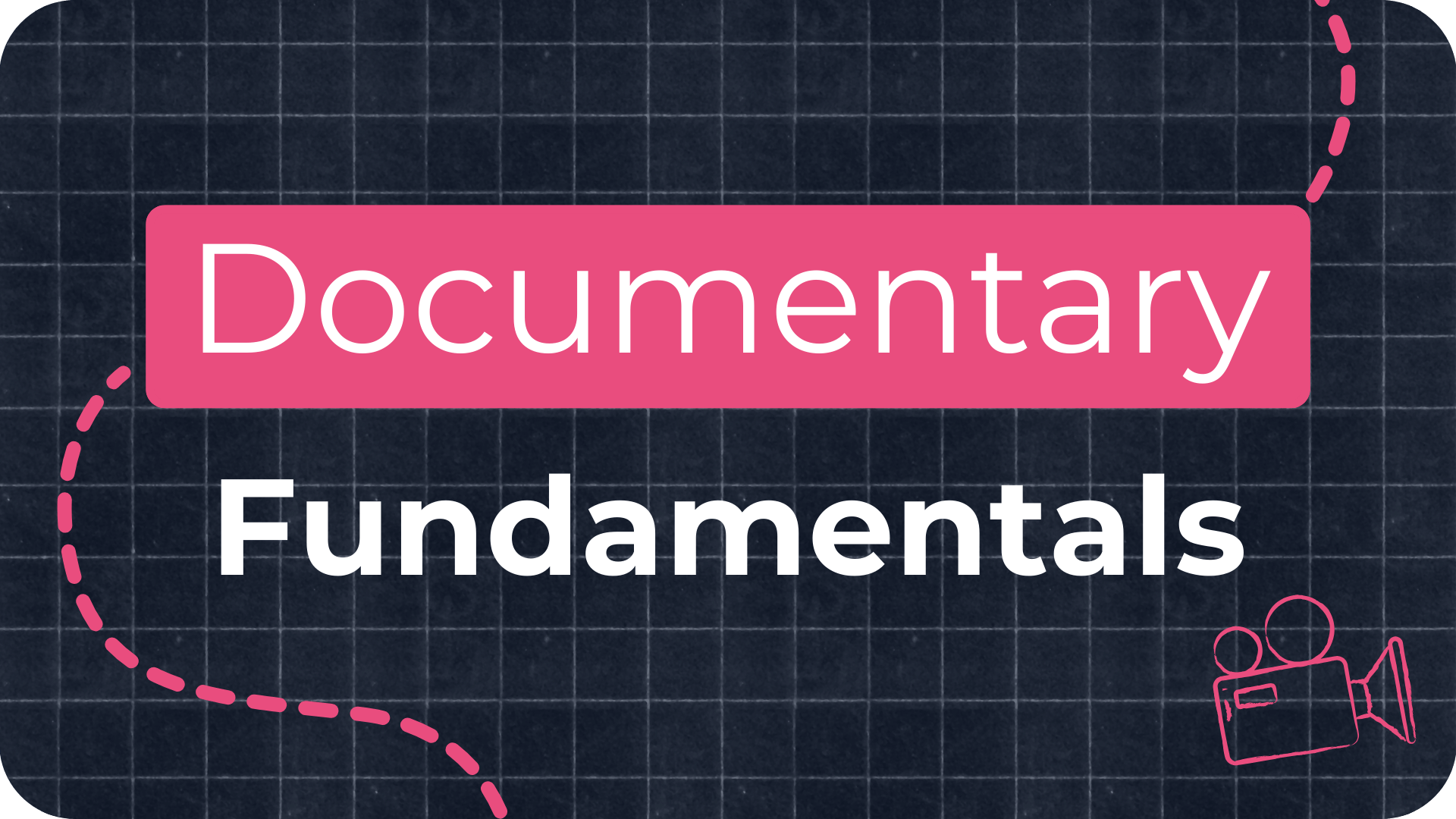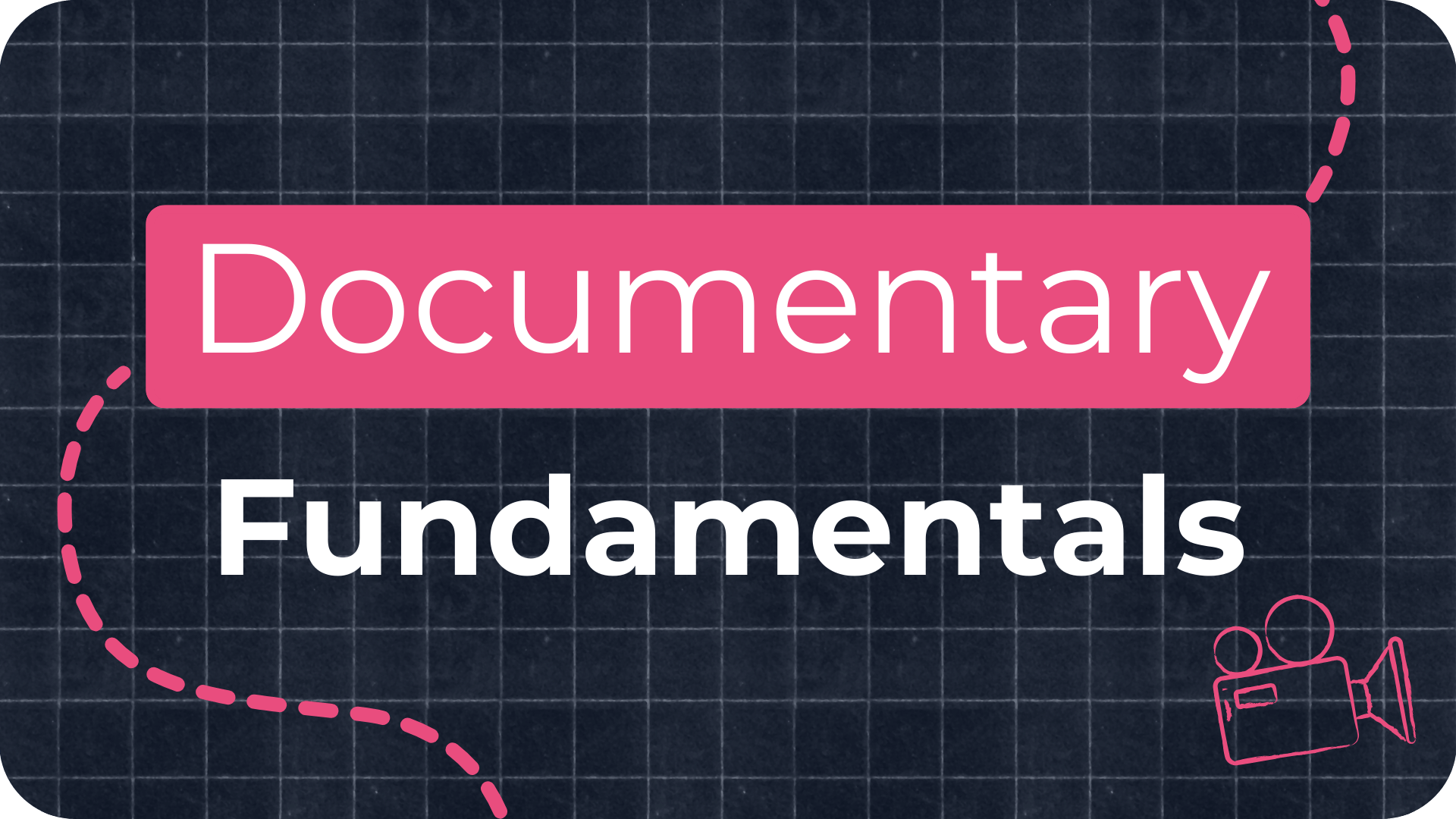How to Keep Your Subject in Focus as a Solo Documentary Filmmaker

Keeping your subject in focus is one of the trickiest parts of filming solo. On a professional set, there’s a dedicated focus puller using a wireless follow focus system. But when you’re working on your own with a small budget, you need simple, reliable techniques that don’t rely on expensive gear.
Quick Checklist: How to Keep Focus When Filming Alone
-
Use fixed focus for static shots
-
Walk in sync with your subject
-
Pre-focus on a point in the scene
-
Use a high f-stop for deep focus
-
Practise manual focus on the move
-
Use autofocus with face/subject tracking
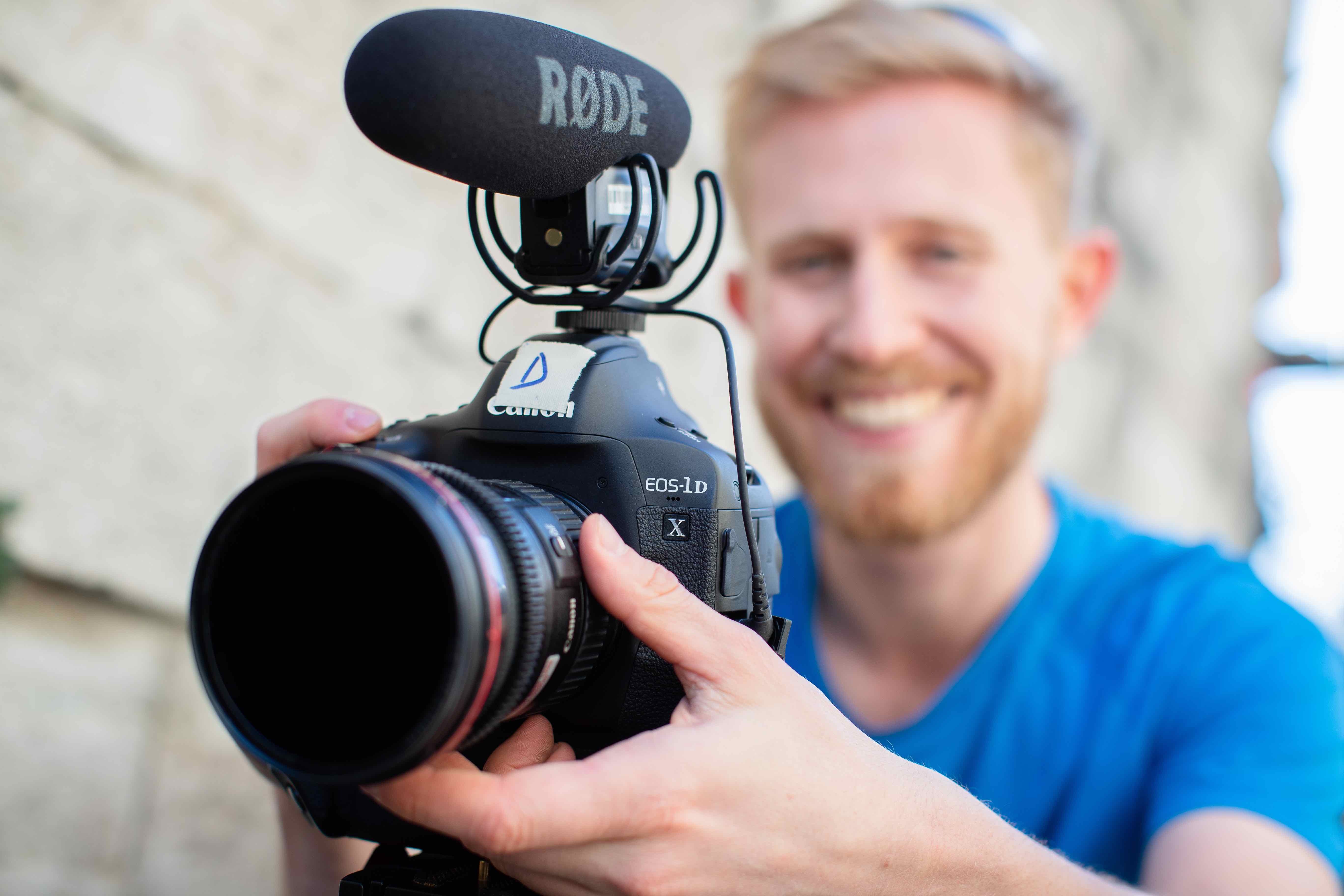
How to Keep Your Subject in Focus When Filming by Yourself
Here are six ways to keep your subject in focus when filming documentaries by yourself.
1. Use Fixed Focus for Static Shots
This is the simplest technique. Use it when filming interviews or portrait-style shots where both the camera and subject stay still. Adjust the focus ring manually until your subject is sharp. Once set, don’t move the camera or the subject.
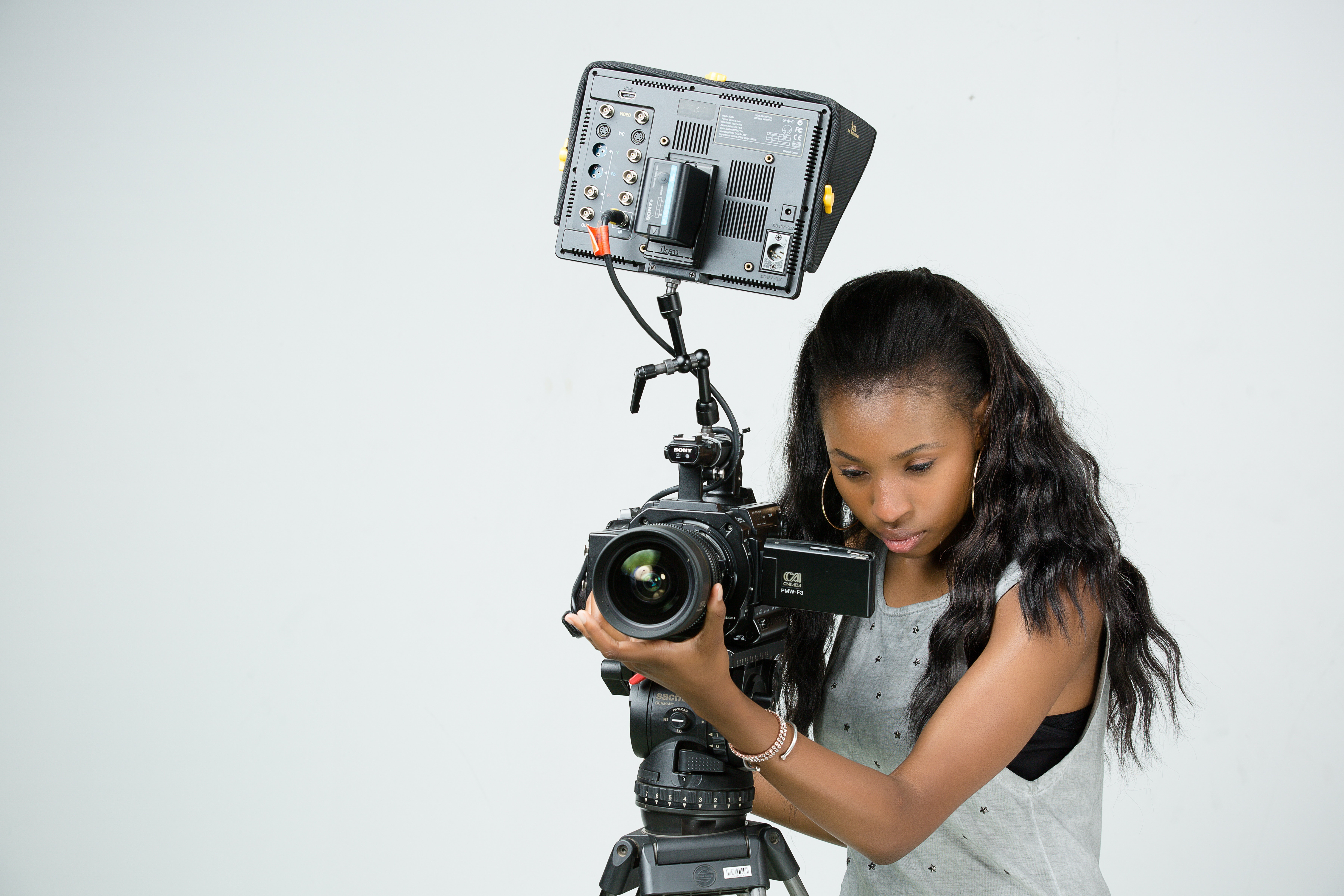
2. Walk in Sync With Your Subject
Set the focus distance first. Then, as your subject moves, match their pace exactly, walking forward or backward while maintaining the same distance. This keeps your subject in focus without having to pull focus manually. It takes a bit of practice, but it’s very effective once you get the hang of it.
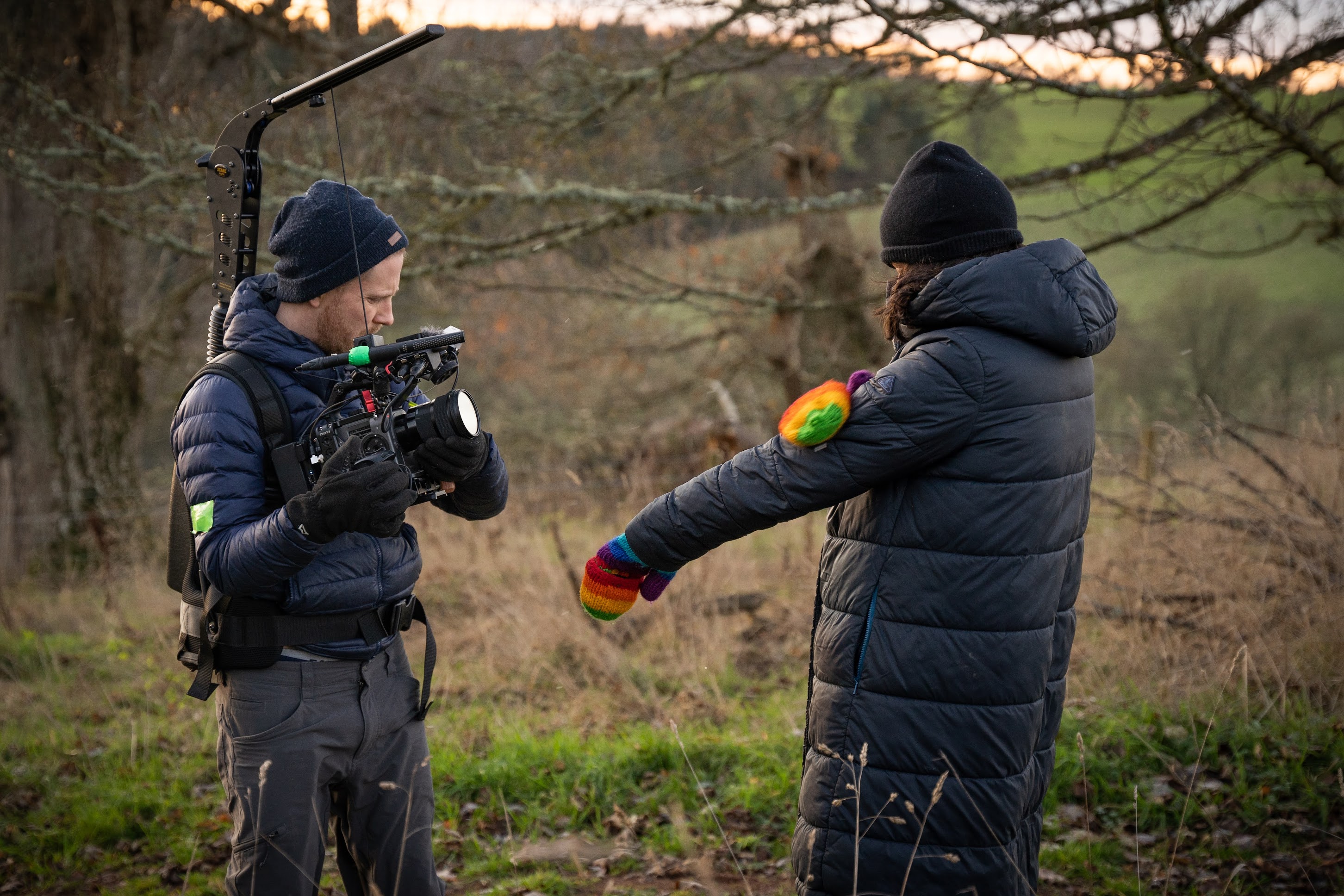
3. Pre-Focus and Let the Subject Enter the Frame
Set the focus on a point in the scene, like a mark on the floor or a doorway, then wait for the subject to move into that area. The key is choosing a spot where you know your subject will pass through. This works well when filming moments that can’t be repeated.

4. Use a High F-stop for Deep Focus
Increasing your aperture to something like f/8 or higher makes more of the scene sharp, front to back. This is useful when you can’t risk missing focus. I used this while filming a one-take helicopter jump for Red Bull, there was no second chance. The downside is that you lose shallow depth of field, so the shot will look less cinematic. Use this for action scenes or wide shots where focus matters more than blur.
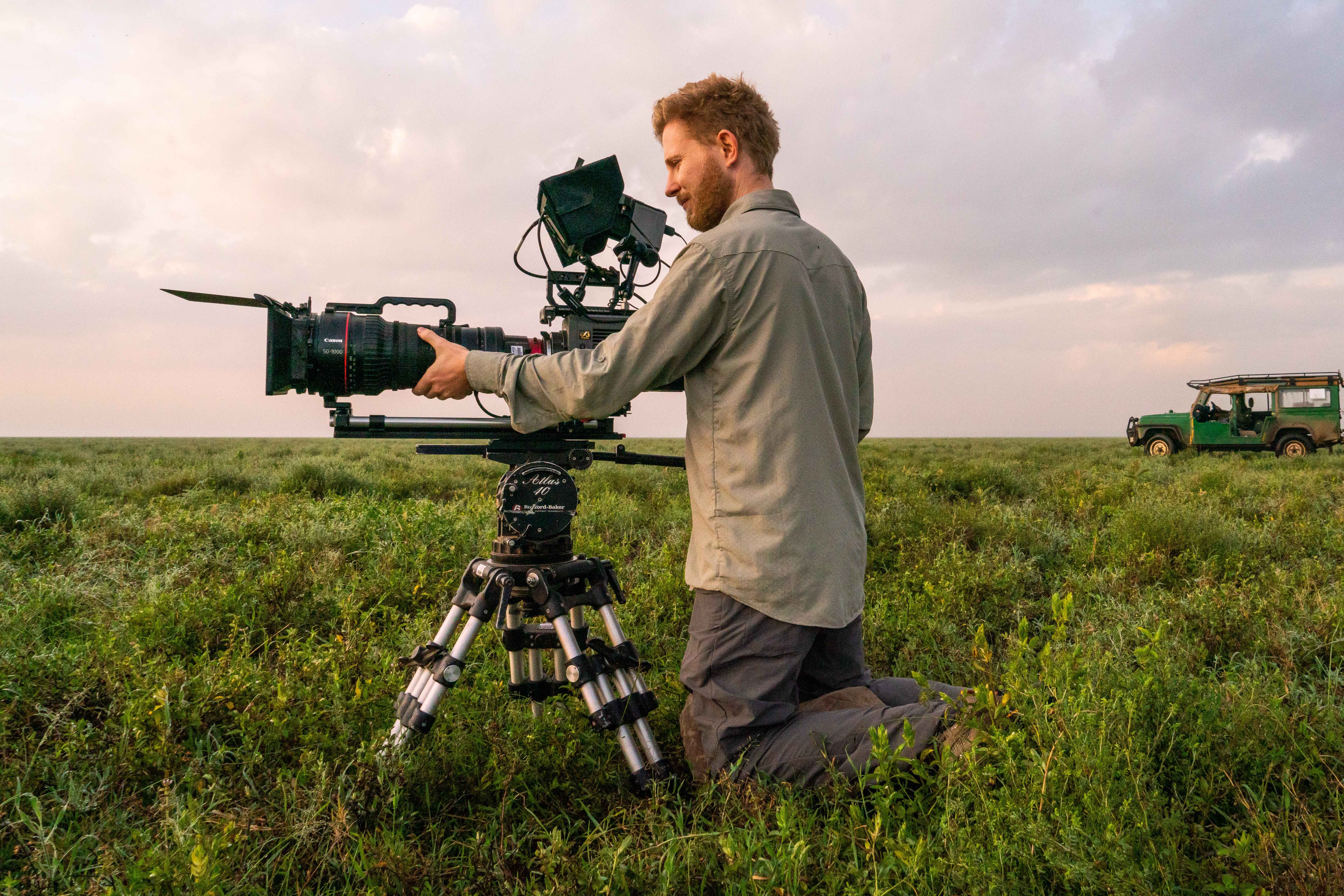
5. Practise Manual Focus
Manual focus gives you the most control, but it takes skill. Keep one hand on the focus ring and adjust as your subject moves. Use an external monitor if you can, especially outdoors. A follow focus attachment can help too.
One tip: practise with a moving object. I used to push a swing back and forth and try to keep the seat in focus. It’s a great way to train your eye and hands to work together.

6. Use Autofocus (If Your Camera Supports It)
Autofocus has improved massively in the past decade. Canon’s Dual Pixel AF (first introduced in the 70D), Sony’s Real-time Eye AF, and Panasonic’s hybrid systems now offer excellent face and subject tracking. If your camera supports it, autofocus can be a lifesaver, especially when filming unpredictable moments on your own.
Just be aware it’s not foolproof. It can focus on the wrong part of the frame, so it’s worth testing before trusting it for important scenes.
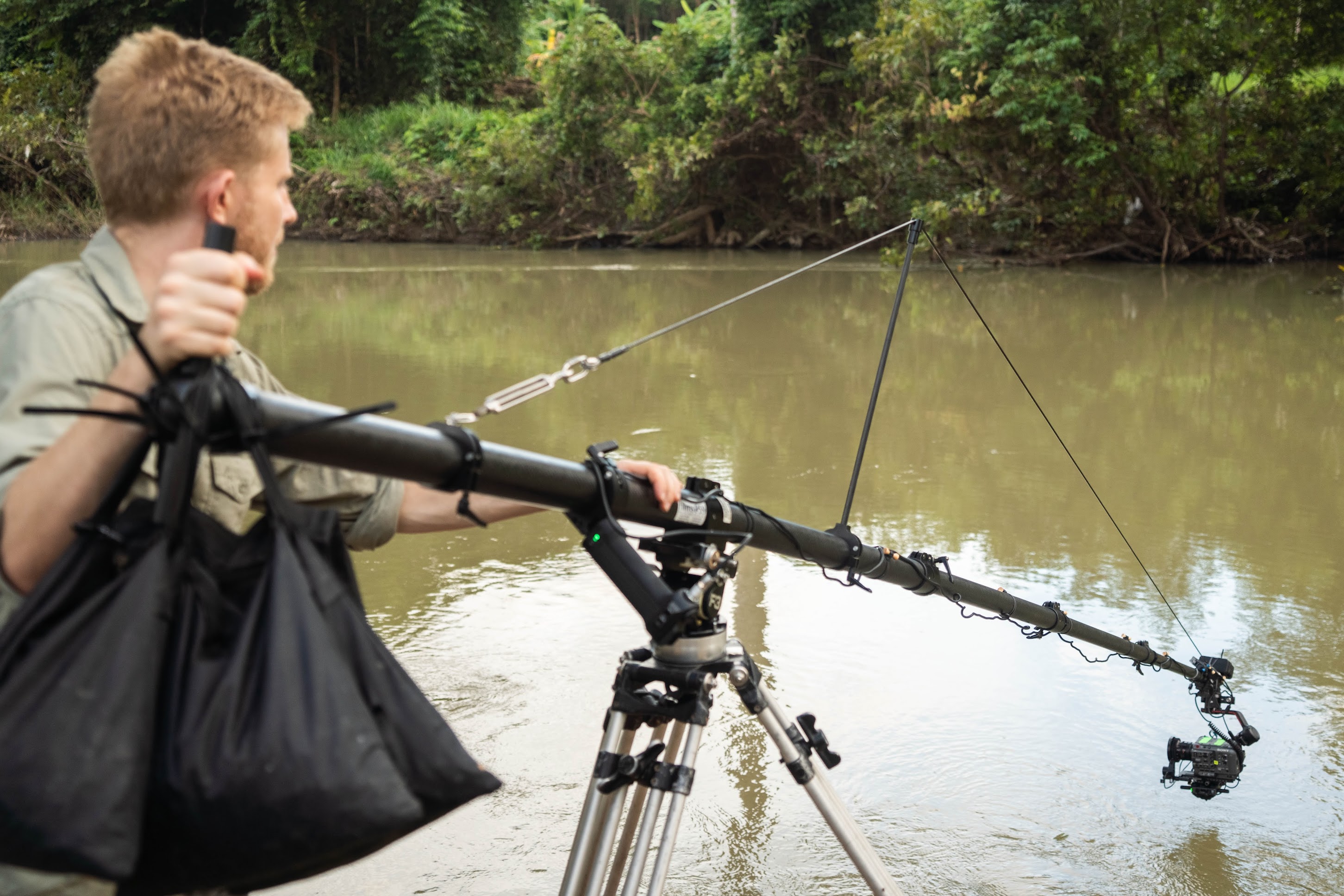
Manual Focus vs Autofocus for Solo Documentary Filmmakers
Manual focus gives you full creative control. You decide exactly what’s sharp and what’s not. This is important in documentary filmmaking, where the focus point can shape meaning.
But if you're filming solo and reacting to real moments, autofocus can be a powerful tool. The key is to know when to use each. Use manual focus when you want to guide the viewer’s attention with intention. Use autofocus when you need to capture fast-moving action or don’t have time to pull focus manually.
Frequently Asked Questions
What’s the best autofocus camera for solo filmmakers?
Popular options on a budget include the Canon R6, Sony FX30, and Panasonic GH7. All offer strong autofocus systems designed for video.
How do you keep a moving subject in focus without a focus puller?
Set the focus distance and walk in sync with your subject, or use autofocus with subject tracking. Manual focus is possible with practice.
Should I use autofocus or manual focus for documentaries?
Use autofocus for fast-paced or solo shoots. Use manual focus when you want precise, controlled shots with intentional storytelling.
Final Thoughts: How to Keep Your Subject in Focus
Keeping your subject in focus takes practice, especially when filming alone. But you don’t need expensive gear to get it right. With these six techniques, you can capture sharp, intentional footage whether you’re filming interviews, scenes in motion, or unpredictable real-life moments.
Want more filmmaking tips like this?
Watch my free training: 10 Secrets to Creating Cinematic Documentaries




